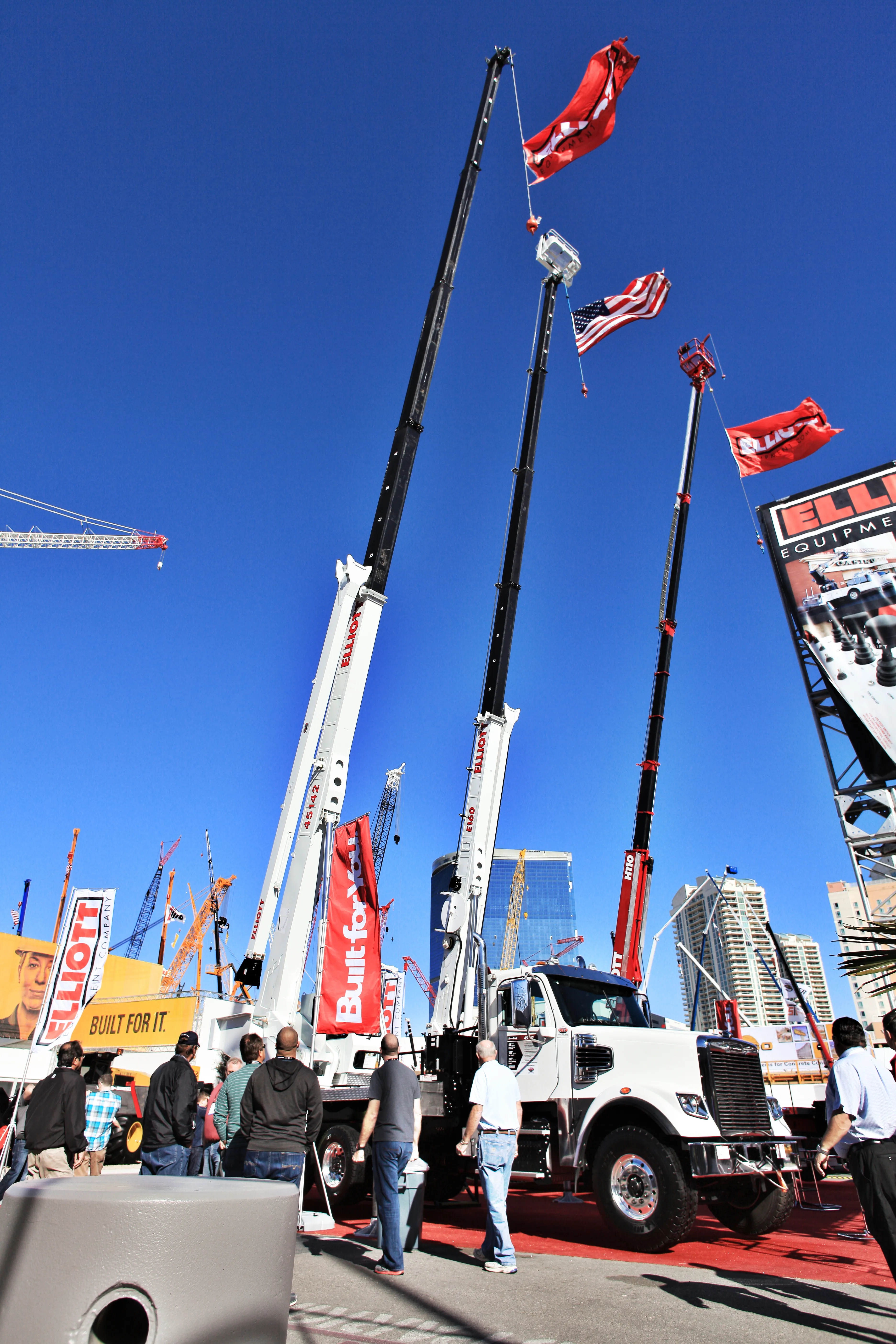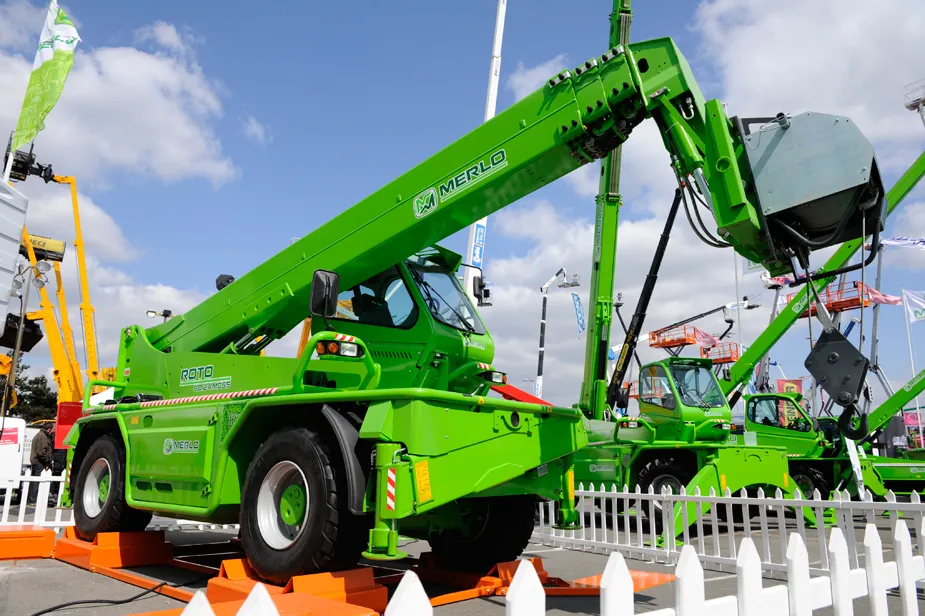Elliott Equipment’s new 40.8tonne boom truck is permit-free.
At Conexpo on Thursday, the company unveiled the 45142 boom truck, which does not require a federal permit in any of the 50 US states.
“It’s a significant feature,” said David Phillips, manager of global business development and marketing at Elliott. Removing and redistributing weight made the permit-free feature possible, Phillips said.
The 45142 is designed to mount on a five-axle chassis. Total weight comes in just under 30,000kg and include
January 6, 2017
Read time: 2 mins

At Conexpo on Thursday, the company unveiled the 45142 boom truck, which does not require a federal permit in any of the 50 US states.
“It’s a significant feature,” said David Phillips, manager of global business development and marketing at Elliott. Removing and redistributing weight made the permit-free feature possible, Phillips said.
The 45142 is designed to mount on a five-axle chassis. Total weight comes in just under 30,000kg and includes a 9.7-16.7m, two-section telescopic jib with a detachable two-man work platform. Applications requiring exceptionally long main boom lengths and powerful lifting capabilities are good fits. They include electrical transmission construction and oil/gas service.
The machine’s two-man work platform and jib can be used to lift workers as high as 65m. Because of the potential heights, Elliott made great effort to provide precise controls. “Smoothness of the controls is imperative when you’re at those heights,” said Jim Glazer, president and owner of Elliott. “It creates more operator confidence, which in turns helps productivity.”
The steel crane cab utilises flat glass. Elliott prefers not to use curved glass because it can be costly to replace, and delivery can take much longer than flat glass, Glazer said.
Other features include a frictionless jib extension and a 360º chart without a front stabiliser. The new design also includes Elliott’s reduced tail swing turret counterweight.
%$Linker:







